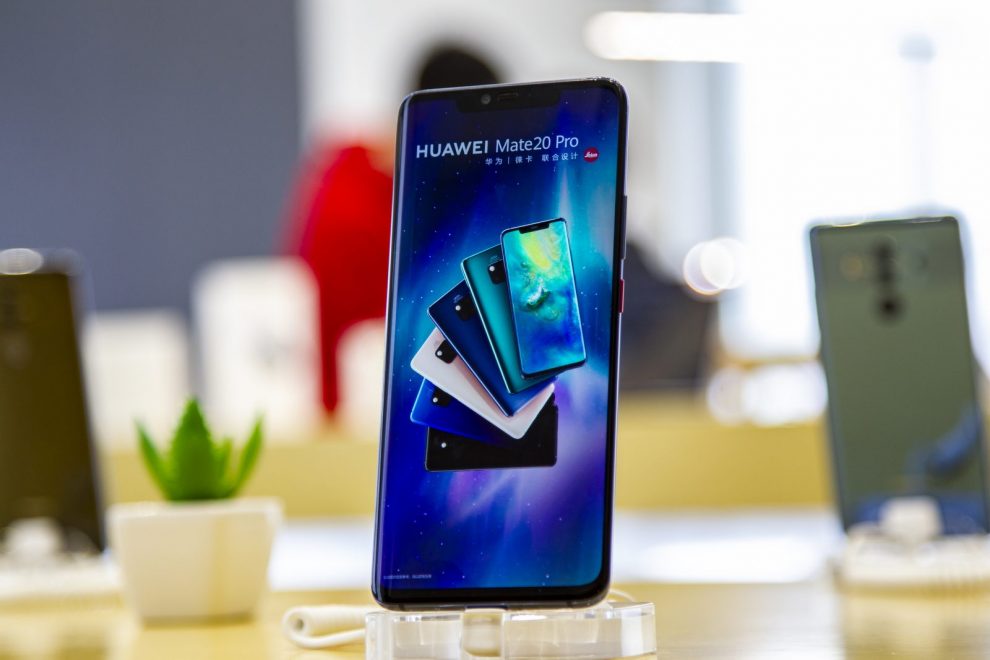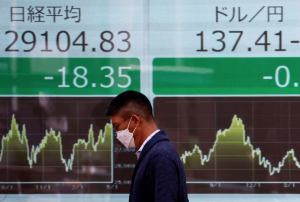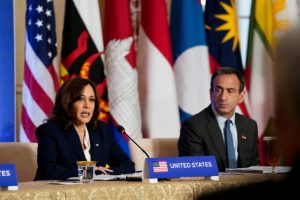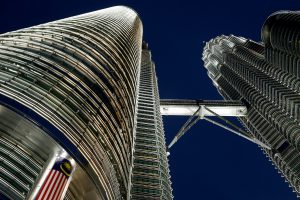US sanctions have put pressure on Huawei’s plans for its top-line range of smartphones, making it near impossible to produce them once stockpiled parts run out. But that doesn’t mean Huawei is throwing in the towel.
Unable to mass produce its own-designed Kirin 9000 chips in the future, the Shenzhen-based company has launched a mid-range handset called the Nova8.
The smartphone is the first in a line of products Huawei hopes will enable it to break into the mid-market space using off-the-shelf chips, according to a Chinese telecom analyst.
Nova8 will use MediaTek Dimensity 800U chips while its most features-rich version, the Nova8Pro, will use MediaTek Dimensity 1000+ chips.
Compared with the Huawei Nova7 series, the performance of the Huawei Nova8 series is “acceptable”, the analyst said. After all, MediaTek’s Dimensity 1000+ processor still has good performance.
But it’s not as good as Qualcomm’s Snapdragon chip used in the range’s predecessor.
China’s mobile phone users have a prejudice against MediaTek processors because they haven’t worked well in the past. So, to sweeten the association with MediaTek Huawei has tried to sprinkle some sugar on the Pro version, assembling to with hyperboloid screen. The curved design isn’t to everyone’s taste, but it does feel better in the hand.
In addition, the Nova8 will be Huawei’s first mobile phone with a 120Hz refresh rate, thanks to an EMUI 11 onboard. The phone will also eventually carry the Harmony operating system, which has become an octopus-like OS that can simultaneously link and operate multiple Huawei products, including TVs.
Initial buyers will be able to upgrade to the Harmony at an unspecified date.
Japanese hopes
The US bans the supply of chips based on US-developed software or technology to Huawei without a special licence. It took less than a month to come into force after its announcement.
According to recent Japanese media reports, Sony and Kioxia (formerly Toshiba Storage) have applied to the US Department of Commerce to continue to supply Huawei. Their application has yet to be approved.
The Asahi Shimbun reported that Sony and Kioxia have halted parts supplies to Huawei since the ban came into effect on Sept 15. However, Huawei is a key customer of the two companies.
If they do not obtain permission from Washington, both Sony and Kioxia will face a deterioration of earnings.
Kioxia is reportedly engaged mainly in making semiconductors for smartphones, meaning it does a lot of business with Huawei.
Similarly, almost 80% of Sony’s “image sensor” chips are sold to handset manufacturers. Their business with Huawei totals in the hundreds of billions of yen.
The Asahi Shimbun said the production speed of the two companies has slowed in the absence of the prospect of transactions with Huawei.
The US ban has prompted many international companies to “secretly” complain, reports said. Nihon Keizai Shimbun reported on September 16 that the export of Japanese companies’ parts was affected to the tune of 1 trillion yen ($9.5bn).
According to calculations by the Korean semiconductor industry, the Huawei sanctions will have cost 10 trillion won ($8.6bn) after a year.
• Chris Gill
This report was upgraded on February 12, 2022 to meet style standards.
ALSO SEE:
Ban on SMIC stirs call for ‘Long March’ to counter US chip dominance
Smart-device chip maker Fudan Micro to list on STAR Market
























